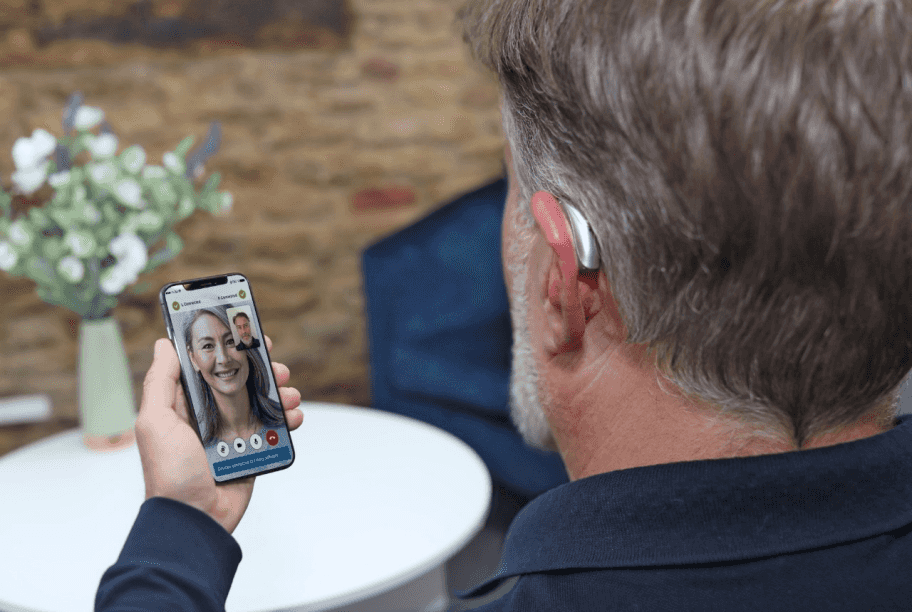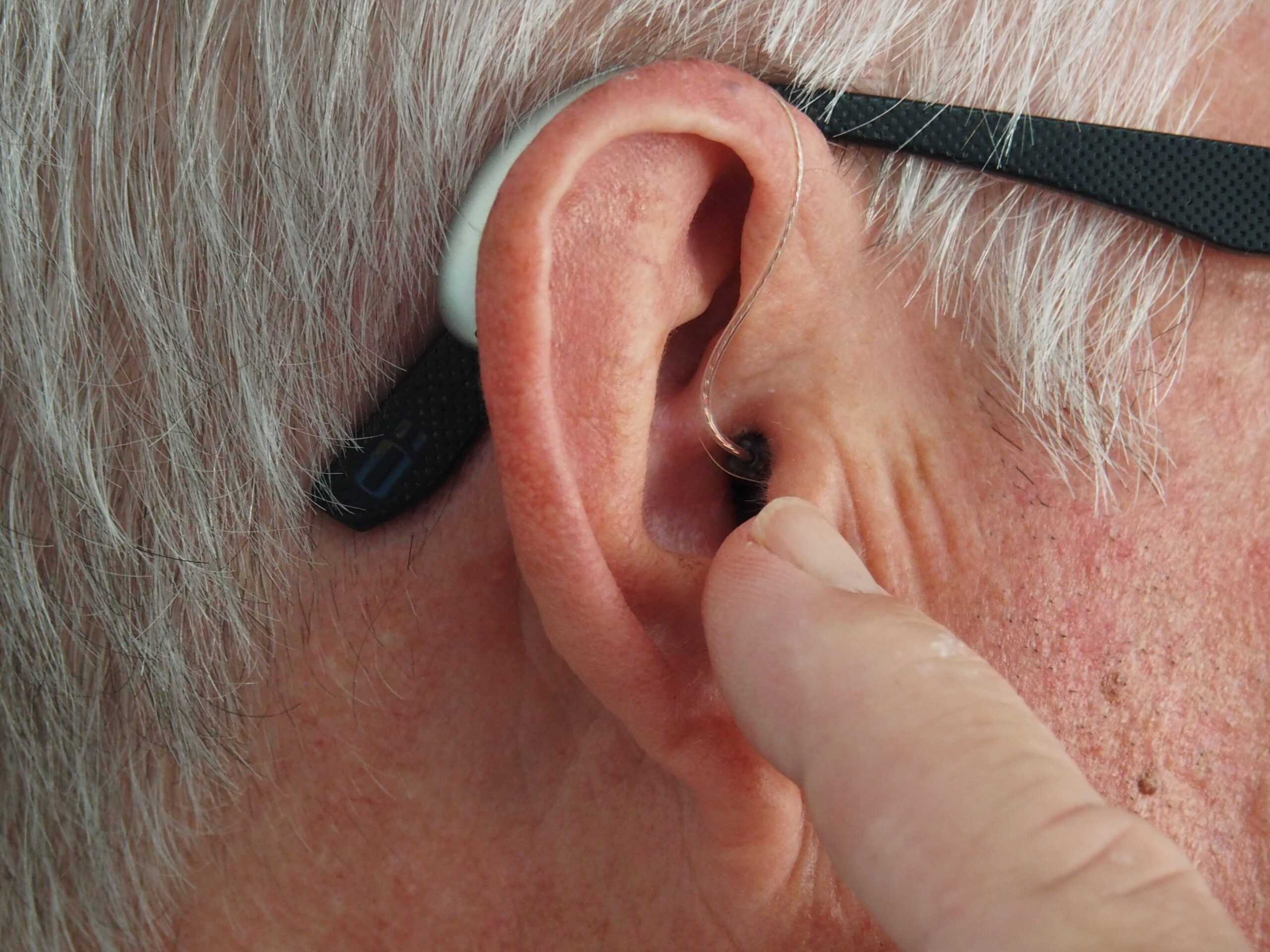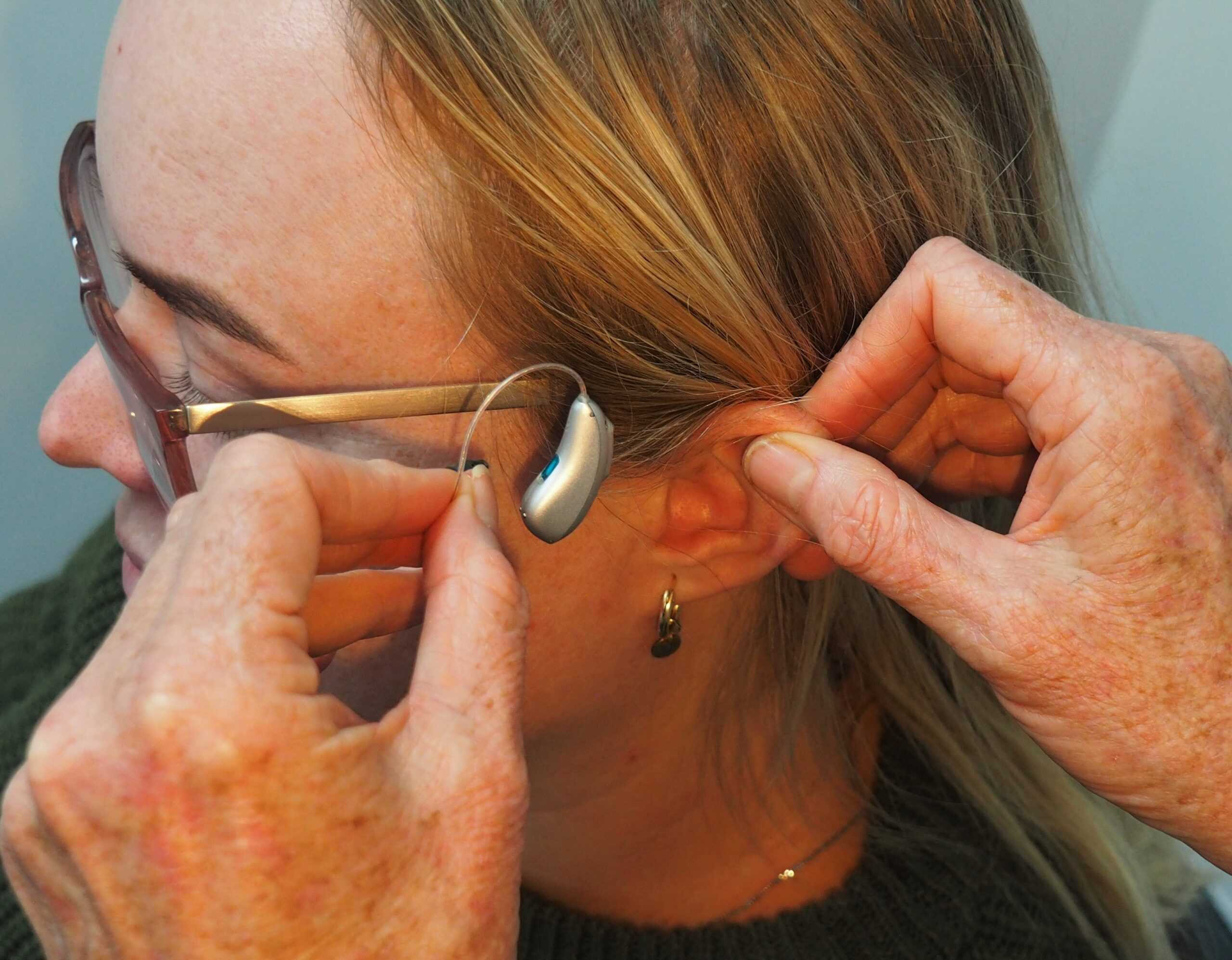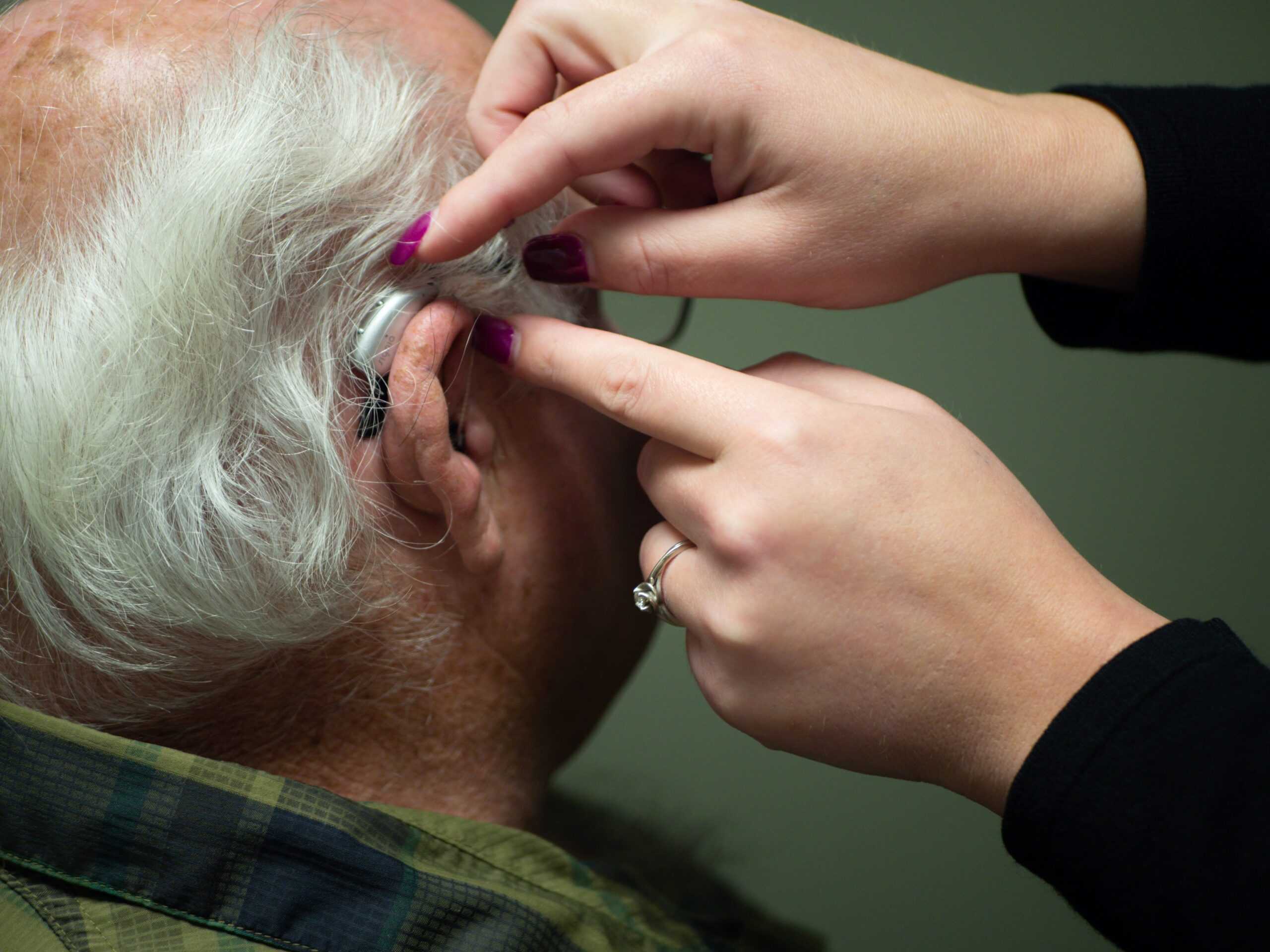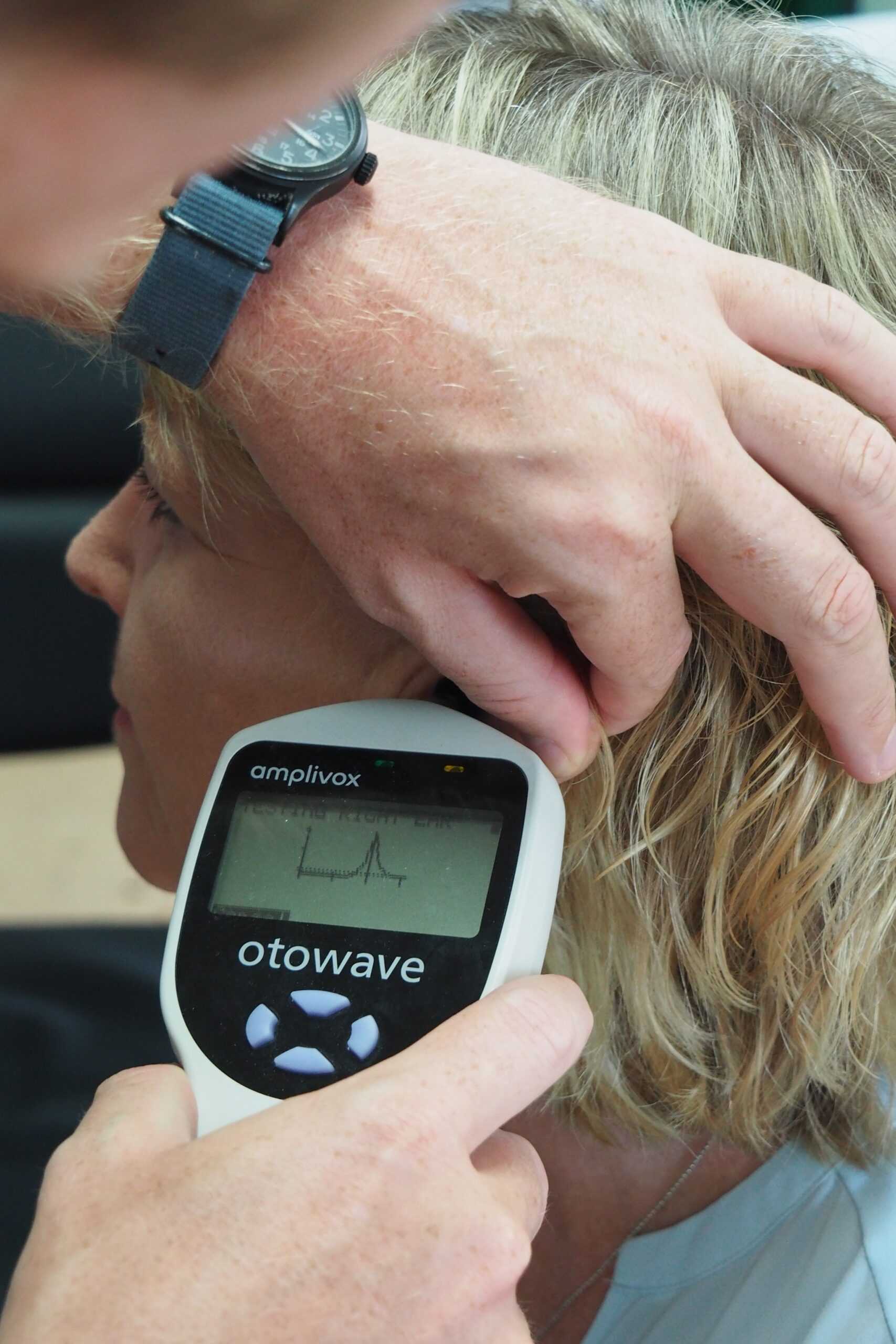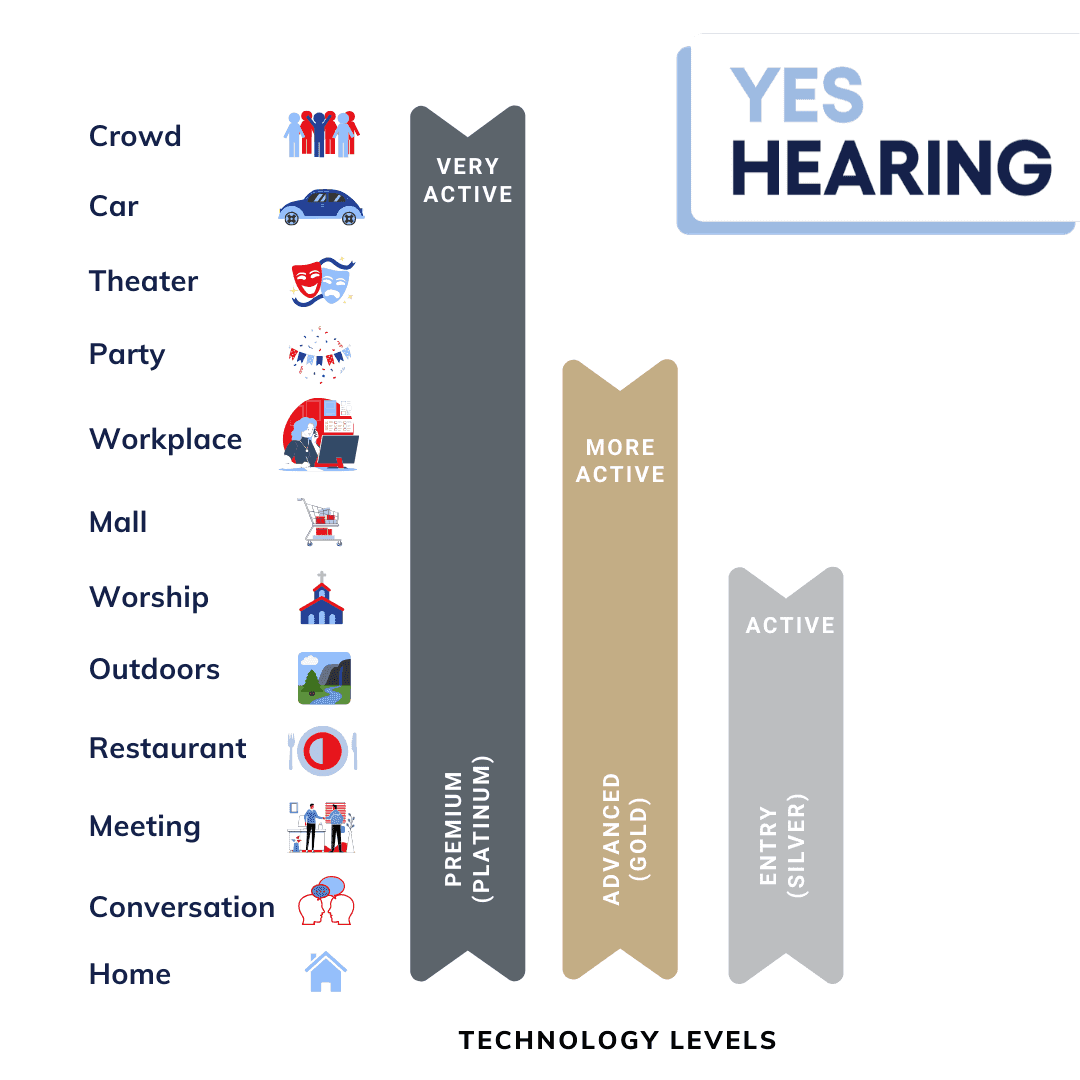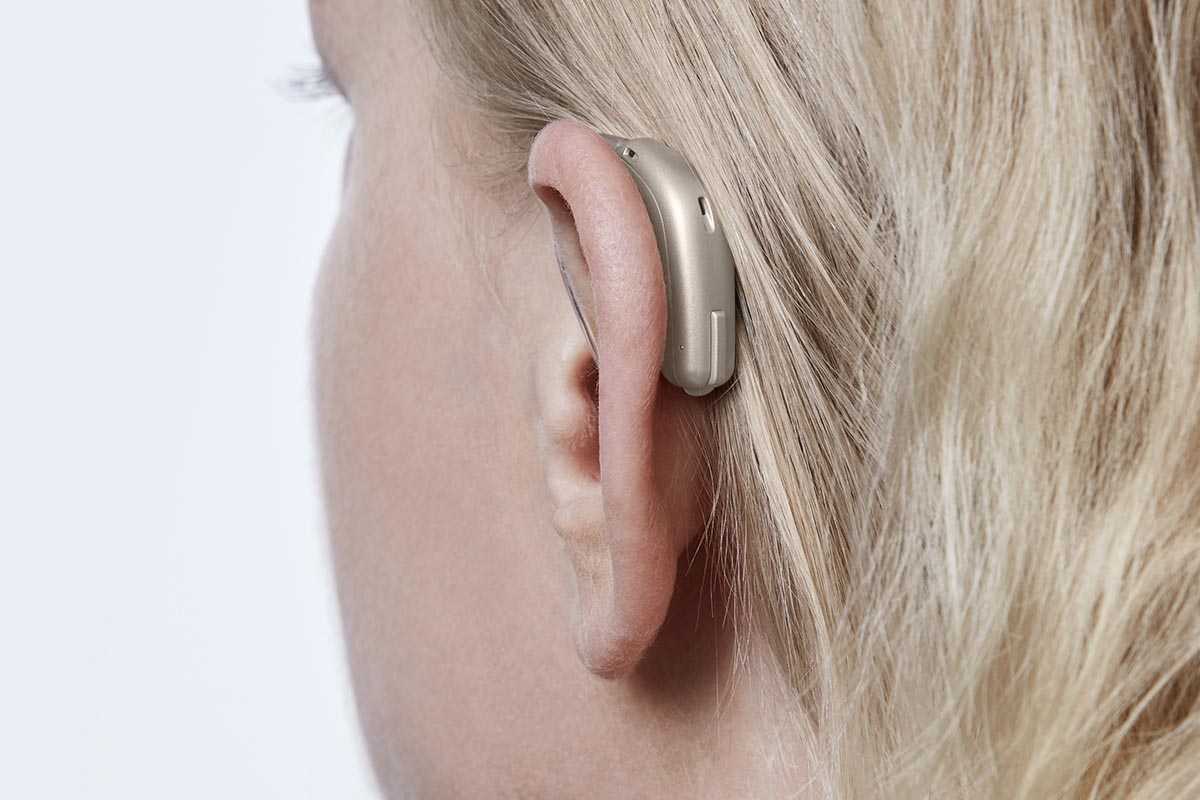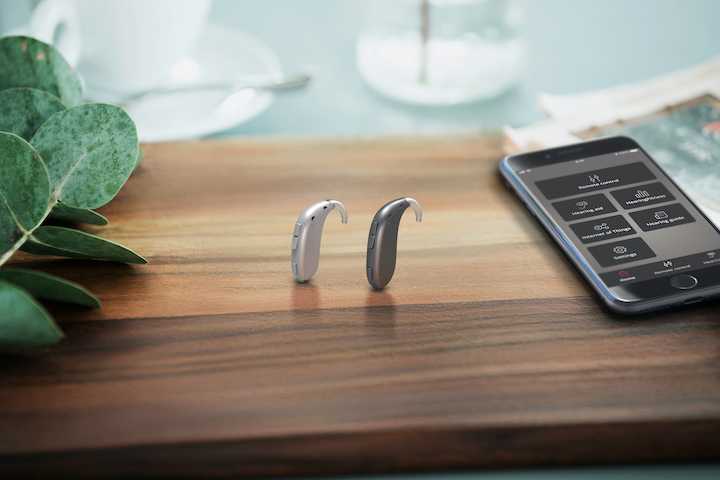Article
The Top 3 Tips on How to Buy Hearing Aids

No one wants to miss out on important conversations.
According to the National Institute on Deafness and Other Disorders (NIDCD), 25% of adults aged 65-74 and 50% of seniors 75 and older suffer from disabling hearing loss.
Regardless of your age or the severity of your hearing limitations, there is help. Hearing aids improve your hearing and speech comprehension. This point alone makes them a valuable investment for your quality of life and your ability to communicate with friends, family, co-workers, and your community.
But you might not know how to start the process of buying hearing aids and feel overwhelmed. Understandably, you might worry about selecting the wrong ones or spending more than you need or can afford.
Here are three hearing aid buying tips to remember as you begin your search.
1. Schedule a hearing test to identify your specific hearing issues
Before starting your official search for hearing aids, it’s essential that you understand your hearing loss. Without knowing the type and degree of your specific hearing issues, you can’t accurately determine what hearing aids will help you hear better.
When you schedule a hearing test with an expert, you get the benefit of having an accurate diagnosis and measure of your hearing loss. The diagnostic information will help you and your specialist select the right hearing aids quickly, speeding up the overall hearing aids buying process.
2. Learn about how hearing aids work
Many people don’t fully understand how hearing aids work until they or someone they love needs them. Which makes sense!
While there are variations between different hearing aids, all work using the same basic principles and parts. Hearing aids transport sounds from your environment into your ears, increasing the volume. Today, most hearing aids are digitally designed and are powered using a rechargeable or standard battery.
Inside the hearing aids are small microphones, which pick up sounds from your environment. The internal computer chip features an amplifier that modifies the sounds, converting them to digital coding. With this information, hearing aids adjust the sound according to your level of hearing loss, listening needs, and the level of the ambient sounds in your environment.
Once the hearing aids have done their internal work, the computer chip’s amplified signals convert once again, sending the sound waves to your ears via receivers, or small speakers.
3. Explore different hearing aids styles
Once you start shopping for hearing aids, things could get tricky without some expert guidance. There are several hearing aid manufacturers, so you will need to whittle down your list from that perspective. Once you’ve found the right hearing aid brands, explore their wide variety of prices, sizes, special features, and the placement and fitting in your ears.
Let’s look at a few hearing aid styles you’ll come across:
- In-the-ear (ITE) hearing aids are sometimes called “invisible hearing aids.” We wear these inside the ear canal, meaning they require custom fitting. ITE hearing aids come in different skin tones to blend with your outer ear’s skin tone. There is variety among ITEs, as some fit deeply into the ear canal, while others stay closer to the outer ear.
- Behind-the-ear (BTE) hearing aids offer what many consider the better option. BTEs sit behind or on top of your outer ear, featuring tubing that directs the gathered sound into your ear canal. You can have these custom-fit or find a dome style to avoid blocking your entire ear canal opening. BTE aids also allow you to find the right match for your hair color and skin tone.
- Low-profile hearing aids, most similar to ITE styles, offer you a chance to keep your hearing issues relatively incognito. Two common designs are the half-shells and full-shells.
All styles of hearing aids come with disposable or rechargeable batteries that you must replace or recharge anywhere from three to 20 days. A qualified audiology specialist will walk you through these styles and more to ensure you get the perfect balance between style, comfort, value, and cost from your hearing aids investment.
Enhance your hearing and your life!
Hearing is not a luxury. It is an essential part of daily life, ensuring you can connect with your friends, family, employer, and community. You deserve to find hearing aids that work, complement your appearance, and fit into your budget.
If you have recently noticed a reduction in hearing loss, you might consider booking a professional consultation with an expert at Yes Hearing. Our specialists will help you determine whether you need a hearing aid, what kind you need, and how to find and buy it. At Yes Hearing, we offer premium care, compassion, and quality at an affordable cost for all our customers.
Our phone consultations take around 30 minutes, allowing you to discuss your diagnosed or perceived hearing issues and your available options.
Call us today at 844-905-1816 to talk to one of our professionals to learn how we can help you find and buy the best hearing aids for your needs and budget.
Subscribe to our mailing list
Be the first to hear about latest news, content, and more by subscribing to our mailing list. Check your inbox for a confirmation email!

